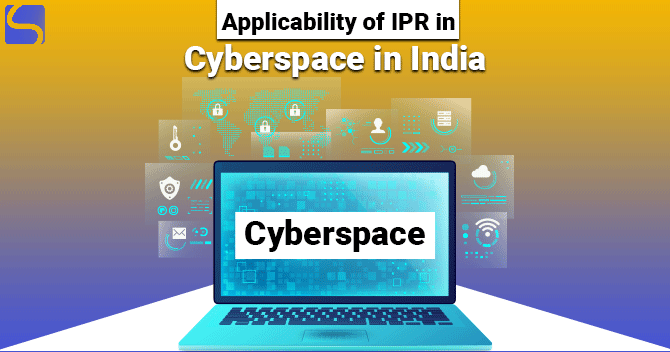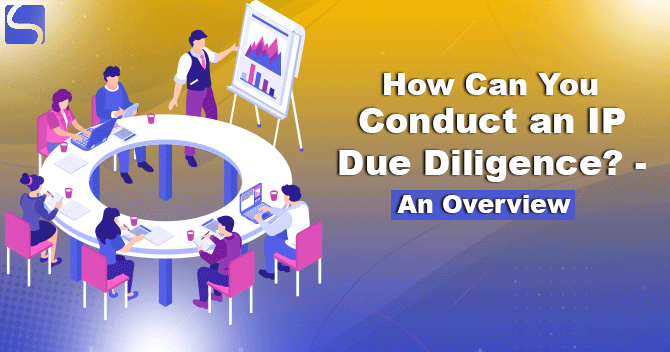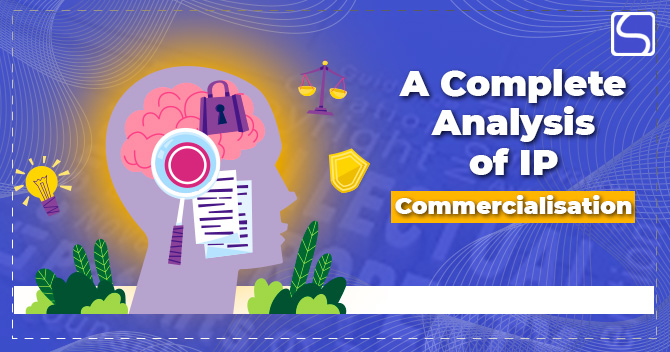Applicability of IPR in Cyberspace in India

Siddharth Verma | Updated: Nov 26, 2021 | Category: IPR
Intellectual Property rights are intangible rights that are referred to as the creation of the mind. It grants exclusive rights to the inventor of any inventive design or original work, making it illegal to reproduce or reuse that work without the owner’s consent. It is an component of the law of real estate. It can be used in business by people who work in literature, music, invention, and so on.
The following are the types of IPR:
- Patent
- Copy right
- Industrial design
- Geographical design
- Copyrights etc.
Scroll down to get the complete detailed information of applicability of IPR in cyberspace
Table of Contents
Meaning of Cyberspace and applicability of IPR in cyberspace
Cyberspace is a non-physical world in which multiple computers are linked by computer networks and communicate. With the advancement of technology, cyberspace has become accessible to everyone. As a result, cyberspace has become a business platform, putting more pressure on intellectual property. Nowadays, cybercrime encompasses fraud, cyberbullying, identity theft, and the infringement of numerous businesses’ and organizations’ copyrights and trademarks. Intellectual Property Rights and Cyber regulations cannot be separated since online content must be protected. In cyberspace, it is not uncommon for one individual to benefit from the use of another’s creation without the owner’s permission. This is a breach of privacy, and intellectual property rights protect it. We have laws in place to prevent the infringement of intellectual property rights in cyberspace, and we also have legal remedies in place if they are infringements.
Challenges in respect to copyright infringement in cyberspace
Software Piracy– The act of stealing software that is legally protected is known as software piracy. Theft can take several forms, including copying, disseminating, changing, or trading software. It also falls under the purview of the Indian copyright statute. Downloading a copy of Microsoft Word from any source other than Microsoft to avoid paying for it since it is a delivered product is an example of software piracy. There are three types of piracy:
- Light lifting
- Counterfeiting of software
- Uploading-Downloading.
Cybersquatting- Unauthorized registration and use of Internet domain names that are confusingly similar to a company’s trademarks, service marks, or brand names is known as cybersquatting– A well-known company’s domain name can even be used to attract traffic, enabling cybersquatters to make a lot of money through advertising. A Domain Name Dispute can occur when more than one person believes they have the right to register a particular domain name. It appears when a Regis is appointed.
Linking- It allows a user of a Website to navigate to another destination on the Internet. By simply clicking on a word or image on one Web page, the user can go to another Web page on a different server or even on the same server as the original one. The owner of the linked webpage’s rights or interests is harmed by linking. It may lead to the conclusion that the two linked sites are identical and support the same concept.
IPR Laws governing cyberspace in India
Applicability of IPR in cyberspace in India govern under Section 51 (a) (ii) of the Copyrights Act, 1957 makes it very clear that the copyright owner has exclusive rights and that anything to the contrary constitutes copyright infringement. In the absence of any express provision determining the liability of an internet service provider (ISP), this legal provision may be interpreted to encompass the expressions “any place” and “permits for profit,” which allow ISP’s to stockpile user data at their business locations and make it available for broadcast for profit through charging for services and advertisements. However, adding ingredients of ‘knowledge’ and ‘due diligence must be satisfied before the ISP may be held liable for copyright infringement makes such an interpretation challenging to gain traction. The Information Technology Rules 2011 and Section 79 of the Information Technology Act of 2000 provide a conditional safe harbor from liability for internet intermediaries while leaving their liability under any other civil or criminal Act subject to interpretation. The Information Technology Act of 2000 exempts an intermediary from liability for any third-party content placed on its site. The 2011 Guidelines establish a due diligence methodology for intermediaries to follow to qualify for the Section 79 IT Act, 2000 exemption. As a result, proactive judicial interpretation based on the facts of each case is critical.
IPR in cyberspace governed by international law
Considering the applicability of IPR in cyberspace, International Law plays a significant role in governing Intellectual property rights in cyberspace. Berne Convention & Madrid Agreement are concerned with the International Registration of Trademarks, Hague Agreement Concerning the International Registration of Designs, Rome Convention for the Protection of Performers, Producers of Phonograms, and Broadcasting Organizations, Patent Cooperation Treaty, Agreement on Trade-Related Aspects of Intellectual Property Rights, World Intellectual Property Organization Copyright Treaty, World Intellectual Property Organization Copyright Treaty[1]. For the first time, the Rome Convention (1961) provided copyright protection to authors of creative works and owners of physical markers of intellectual property. It empowers member countries to pass domestic legislation in cases where a dispute cannot be resolved through arbitration and must instead be brought before the International Court of Justice.
Conclusion
We conclude here that, as far as the applicability of IPR in cyberspace is concerned, it is essential to establish a relevant legal discourse on the intellectual property challenges that are destined to overwhelm the cyber world due to the developing trend of technological development modernization. The current debate necessitates solutions. Traditional intellectual property protection measures are insufficient to protect intellectual property in cyberspace; more is required due to cyberspace’s unique issues. Encryption, cryptography, digital signatures, and digital watermarks are all-important technological protection mechanisms for copyright content in the digital environment.
Read our Article:Importance of IP Audits for Corporates: An Overview














